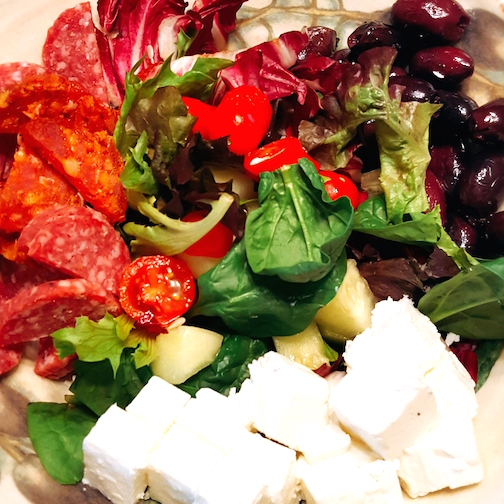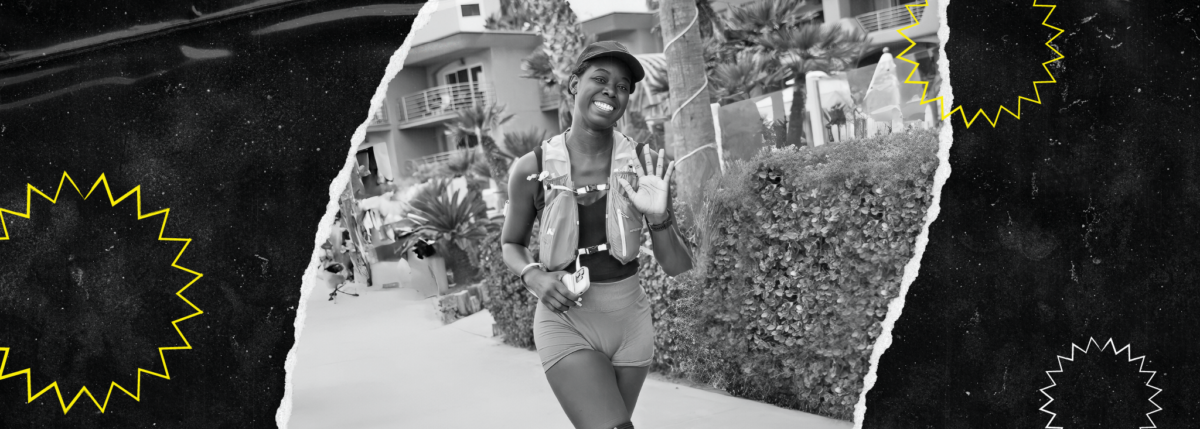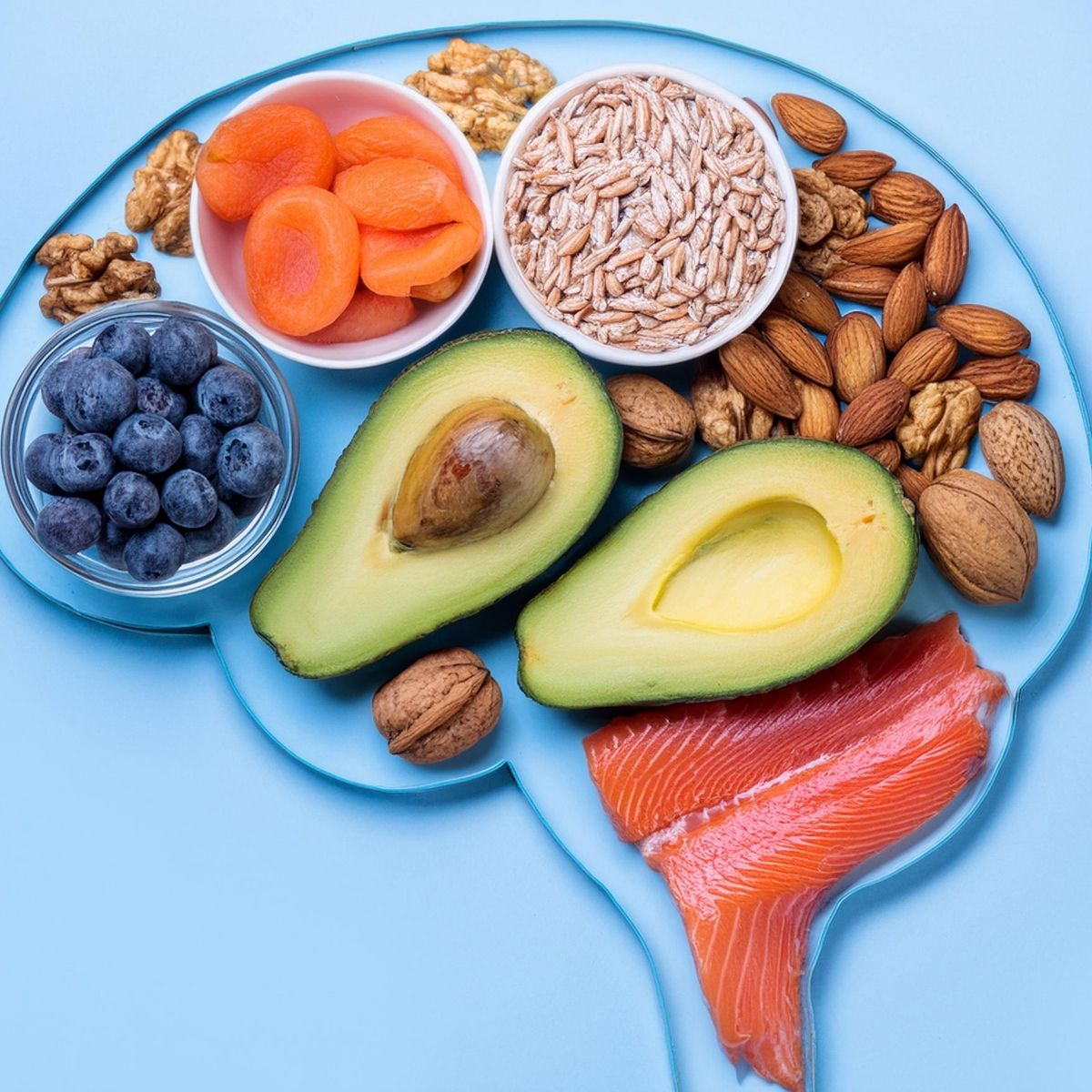The Mediterranean Diet Gave My Son his Best A1C
Written by: Thomas and Rebecca DiStefano
5 minute read
May 22, 2016
Fresh ingredients we carefully select, intense flavors, aromas, and simmering sauces have been the foundational elements of the pleasure we experience in our home.
Note: By providing a place for the community to share real life experiences we hope you find inspiration and new ways of thinking about management. We encourage you to approach these offerings as you would a buffet—review the options, maybe try a few new things and come back for what works best for you. Bon Appetit! Check out our library of resources on Food.

Carefully selected fresh market ingredients, rich flavors, aromas and sauces simmering for hours have been staples of evening and weekend pleasure in our home both prior to and after an unexpected type 1 diabetes diagnosis that arrived in June 2011. My husband and I took a few detours after the diagnosis, however, assuming that the epicurean delights of home-cooking and dining were very definitely a thing of the past. Following the diagnosis, while assimilating a new lifestyle of carb-counting, measuring and late evening blood glucose (BG) checks, our family experimented with several versions of well-known, low-carb diets. Some of these experiments included a meat-centric protein diet, a raw vegetable diet and a brewer’s yeast cocktail—the result of our desperation, inexperience and wishful thinking to cure Roman’s diabetes through nutrition during the honeymoon period of his diabetes when no or minimal insulin injections were required, (in our particular case for 12-18 months).
We theorized possible explanations for Roman not becoming insulin-dependent —type 2 diabetes, type 1 ½ diabetes, slow-onset diabetes, or MODY? After about 12 months of magical thinking—that Roman’s seemingly long-term remission was related to a vegetable-juiced cocktail stimulating his pancreas to insulin production, Roman’s blood sugars begin to creep up again. Our endocrinologist noted that Roman’s growth had decelerated as well.
In January 2013, 18 months after the fateful original diagnosis, Roman began (again) a daily regimen of insulin therapy. To accelerate Roman’s weight gain, we immediately incorporated pastas, meat and marinara sauces and legumes. It became evident to us that our most satisfying and nourishing meals, and Roman’s best A1C results, were linked with a combined daily exercise regimen. Our Mediterranean diet incorporated daily vegetables of vibrant colors (including salads and beans), tomatoes and garlic, fresh herbs, extra virgin olive oil, light proteins and typically dried pasta.
While the successes and failures of various nutritional approaches and diets are highly personalized, we experienced that after five years of cooking for a person with type 1 diabetes, slightly less proteins from meats and increasing proteins from legumes, have assisted in lowering Roman’s A1Cs to pre-diabetes levels. We do not modify Roman’s meals other than carefully measuring his pasta to 3 ounces, or 60 carbs of pasta, assuming it is the main course, and always, without fail, ending the meal with a bed of greens and tomatoes lightly dressed in extra virgin olive oil.[1] We often serve pasta as a smaller side course. Our experience has most often been that following a pasta entrée of 60 carbs, our son will need an insulin correction two to three hours post-meal.
Below is one simple Sunday afternoon Mediterranean dinner at home in early May. My husband, Tom, is the creative yin to my yang. He shares some recipes from our cookbook. We simply returned to the Italian Mediterranean foods that Tom’s family has been cooking since they left Naples and Sicily.
[1] Endocrinologist recommended requirements for carbohydrate intake for children, pre-teens, teens and adults will vary. The article reflects the doctor recommended intake for one 11-year-old boy active in sports.

Roasted Pesto Marinated Shrimp & Scallops
Pesto
The secret to my pesto recipe is lemon juice. What I found over many years is that some chefs underestimate the power of raw garlic. Just a little squeeze of lemon juice not only cuts the raw out of the garlic but freshens up the sauce. Give it a try.
- 4 cups fresh basil, packed
- 2 tsp garlic minced or 6 cloves
- 1 cup pine nuts
- 1 cup freshly grated pecorino Romano cheese
- 1 cup extra-virgin olive oil
- pinch-salt and pepper to taste
- 1 tsp (the secret) lemon juice
1. Place the basil leaves in a food processor and whip until well chopped. Add the garlic, pine nuts and whip. Drizzle in the olive oil until fully incorporated into bail and it forms a thick smooth paste. Remove the basil paste from the food processor and place in mixing bowl. Add the cheese and lemon juice. Mix completely. Season with salt and pepper to taste.
- 1/2 lb Large Shrimp, de-shelled and de-veined
- 1/2 lb Medium Scallops, cleaned
2. Marinade the shrimp and scallops in 1/3 of Pesto, use large bowl and toss, cover bowl with clear wrap, let stand at room temp for 1hr. Spread pesto marinated Shrimp and Scallops on baking sheet. Turn oven on to broil, place baking sheet with marinated shrimp and scallops on center rack. Roast until edges of Shrimp and Scallops start to just brown, approximately 20 minutes.
3. On serving plate, place shrimp and scallops and drizzle remaining pan juices and pesto. Garnish with lemon wedges and fresh parsley.
Pasta Fazool
This is not Pasta e Fagioli. I prepare pasta Fagioli as a soup and Pasta Fazool (slang) as a pasta course. The first time I was introduced to this dish was while in college and visiting a friend’s house off of Franklin Avenue in Hartford, Connecticut. My friend Steve’s mother was Italian and made the pasta fazool ala minute for lunch. I was hooked.
I called my Mom and asked why she never made us the pasta fazool? Mom said that when she grew up Nan prepared pasta fazool regularly, and she had had enough. Well this is definitely our family’s loss, but not your loss. This is great cold weather food.
- 1/2 lb – pasta-ditalini
- 1 can 16oz of cento (if available)—White Tuscan Beans, rinsed
- 1 cup extra-virgin olive oil
- ½ lb Pancetta, diced in small cubes
- 1 large onion, diced-same size as pancetta
- 1 Tbsp chopped garlic
- 2 cups tomato sauce
- 1 and ½ cup grated pecorino Romano cheese
- Salt and black pepper to taste
1. In large pot cook the Ditalini in 2 qts of salted water, cook very al dente. Strain and set aside, do not rinse with water.
2. In large sauté pan or sauce pan put ¾ cup of extra-virgin olive oil and heat over medium heat. When hot, add diced pancetta.
3. Sauté pancetta until just crispy, add diced onion.
4. Cook onion until they just start to turn clear and add garlic.
5. Stir and sauté this pancetta, onion and garlic until your neighbors knock on the door (10 minutes) with a bottle of Chianti in hand—it’ll happen. (Keep all spoons and any other eating utensil away from the new guests as they will certainly try to sneak a quick bite.)
6. Add rinsed Tuscan beans and Ditalini pasta to tomato sauce and cook on low heat for 15 minutes.
7. Add 1 cup grated pecorino Romano and remaining extra virgin olive oil.
8. Check for salt and black pepper to taste.
9. Keep warm on stove, it’s ready to serve. Serve in large decorative pasta bowl and garnish with 1/2 cup of grated pecorino Romano cheese.
Greek Antipasti
- 1/4 medium head radicchio, thinly sliced
- 1 romaine lettuce head, thinly sliced (outer leaves discarded)
- 1 large tomato, medium-sized cubed
- zucchini, medium-sized cubed
- kalamata olives, pitted
- 1 medium red onion, halved lengthwise and sliced against grain
- roasted red bell peppers
- dried salami or sopressata (or both, why not)—think “slice half moon”
Dressing
- 1 cup extra-virgin olive oil
- 1/2 cup red wine vinegar
- 1 Tbsp lemon juice
- 1/2 Tbsp liquid stevia
- 1 Tbsp garlic power
- 1/4 cup feta cheese, crumbled
- 1 tsp salt
- 1 tsp black pepper
1. In a mixing bowl toss radicchio, romaine, tomatoes, zucchini in 1/2 dressing.
2. On a large salad serving platter mound lettuce mixture in center.
3. Place kalamata olives, roasted red bell peppers and onion in three separate locations on platter.
4. Place dried salami and/or sopressata between the olives, peppers and onion and drizzle with more dressing.
Want more amazing recipes from Beyond Type 1?

Author
Thomas and Rebecca DiStefano
The authors Thomas and Rebecca DiStefano live in Boca Raton, Florida. Thomas is an inventor, business consultant and former chef/restaurant owner (currently house chef). Rebecca is a corporate attorney, advocate and fundraiser active in the type 1 diabetes community. Roman is an 11-year-old sixth grader, travel baseball player and jazz & rock drummer. He is researching nutrition for type 1 diabetes for his countywide science fair presentation in December.
Related Resources

Antoine Gibson is no stranger to overcoming challenges. As a saxophonist and marathon runner living...
Read more

Danica Collins not only prepared for one of the most challenging physical events of her...
Read more

Beyond Type 1 is spotlighting inspiring athletes with type 1 diabetes as they prepare for...
Read more

